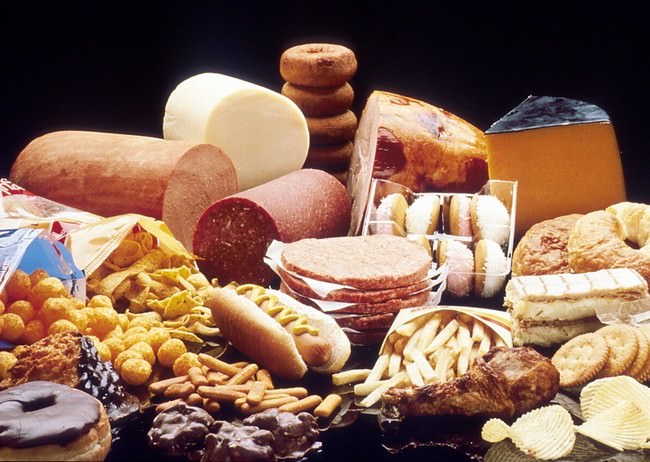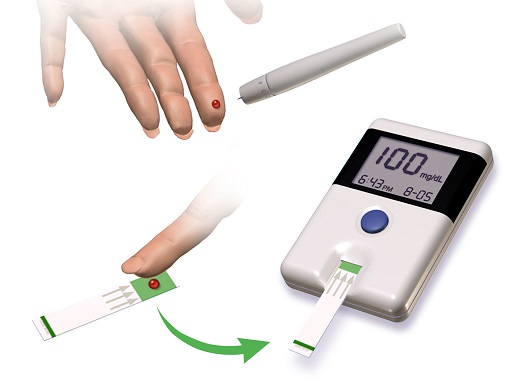
|
Have you noticed that when you (or a loved-one) wait too long between meals, you become irritable, confused, nauseated or fatigued? That means you’re most likely experiencing symptoms of postprandial hypoglycemia. |
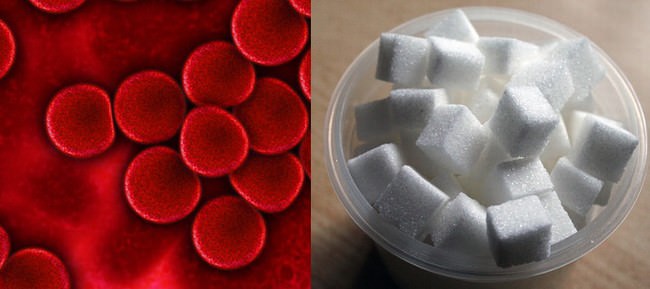 |
|
Postprandial hypoglycemia (also known as “Reactive hypoglycemia”) translates as “Low blood sugar which occurs after eating”. In postprandial hypoglycemia, a non-diabetic person experiences reoccurring symptoms similar to those of medical hypoglycemia. Medical hypoglycemia is a state where there are abnormally low levels of glucose in the blood, resulting in an inadequate supply of it to the brain. What causes hypoglycemia?
Postprandial hypoglycemia usually manifests about 4 hours after consuming a large carbohydrate meal or a high consumption of glucose. Healthy adults maintain a blood glucose level of around four mmol/L when between meals. If the level drops below four mmol/L, hypoglycemic symptoms may appear. The U.S. National Institute for Health (NIH) states that "The causes of most cases of reactive hypoglycemia are still open to debate. Some researchers suggest that certain people may be more sensitive to the body’s normal release of the hormone epinephrine, which causes many of the symptoms of hypoglycemia. Others believe deficiencies in glucagon secretion might lead to reactive hypoglycemia.” |
|
Symptoms:
|
|
Treatment
You can purchase a blood glucose meter in most pharmacies if you wish to test the levels of glucose in your blood. The NIH recommends taking the following steps:
Foods you should avoid:
Foods that are good for you:
|
 |
|
|
|
For more information, or if you suspect you might be suffering from hypoglycemia, consult with your family physician. |
| Image sources: Discouraged foods / Testing kit / Encouraged foods |

These Food Cravings Could Indicate Health Problems
Studies show that certain food cravings and eating habits could be your body's way of telling you that there is a problem.
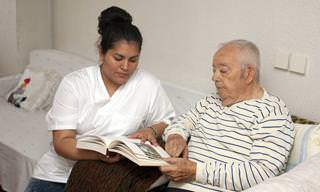
25 Ways You Can Prevent the Onset of Alzheimer's
Alzheimer's Disease is debilitating and affects many of us in old age. Luckily, there is a whole range of ways you can prevent it from happening.
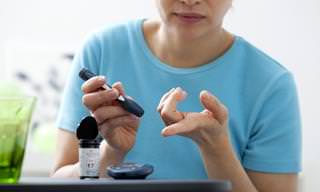 18:22
18:22
A New Way of Fighting Diabetes Has Been Found
Diabetes is one of the worst epidemics that humans have experienced in their history, but now there's a new way of fighting the illness. Watch this video.
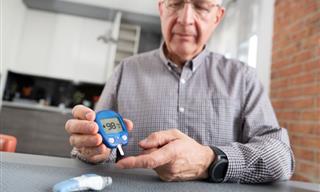
How 25% of Patients Managed to Prevent Diabetes
How long does it take to get rid of prediabetes, and how is it done? That's exactly what we'll answer in the following article.
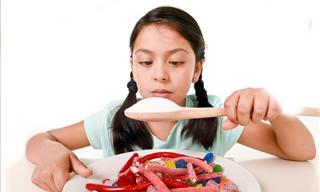
Which Form of Sugar Is The Most Harmful? Find Out Here
Glucose, fructose and sucrose are 3 types of sugar that contain wildly different properties. Find out exactly what makes these three sugars so different, and why these differences actually matter.
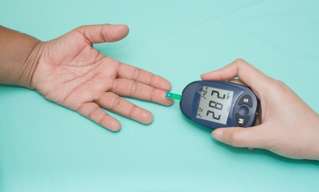
This Guide Will Help You Detect Diabetes Before it Happens
Know the early signs of diabetes in time with this helpful guide. Avoid one of the biggest epidemics of our generation because early detection is key if you want to stay ahead of it.
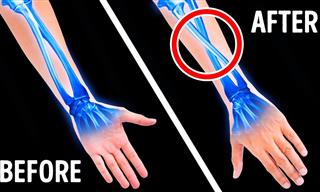 8:54
8:54
Did You Know Your Body Could Do These Incredible Things?
The human body is a fascinating and unique in so many ways. Here are some cool things about your body you probably didn't know.
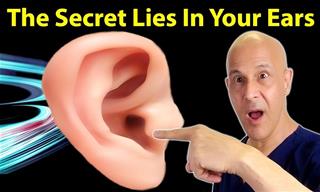 8:03
8:03
The 30-Second Ear Trick That Calms Your Nervous System
This quick ear exercise stimulates the vagus nerve, which plays a key role in relaxation and healing.
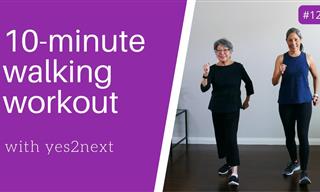 13:05
13:05
Keep Your Heart Healthy With This Indoor Walking Routine
This 10-minute indoor walking workout is an easy way for seniors to keep your body moving.
 2:06
2:06
9 Handy Body Tricks That You Will Use Again and Again!
Got a stuffy nose? Can't calm your urge to pee? Finding difficulty sneezing? Your body can save you if you know these 9 tricks!
 6:51
6:51
Easy Exercises to Strengthen Your Memory
Qi Gong is an ancient Chinese practice that can help improve memory. Find out how...
 4:44
4:44
Learn Whether You're at High Risk of Colon Cancer
Colon cancer is the third-most deadly cancer that you can be diagnosed with. This video details who's most at risk of developing it.

This Common Habit Could Be Quickening Your Ageing Process
Watching TV is a great way to relax, but if you get into the habit of doing it regularly, you'll be surprised how much it negatively affects how your body ages.
 8:01
8:01
The Main Mineral Deficiency Causing Aging Spots
Find out what causes aging spots and how you can treat them.
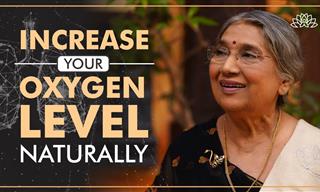 9:58
9:58
Improve Your Oxygen Levels Naturally With These Tips
Learning how to keep your respiratory system healthy is an important way to combat respiratory infections. Here are several helpful tips!
 5:00
5:00
50+? Try This Exercise for Stronger Legs!
Improve your balance and leg strength with this one simple exercise.
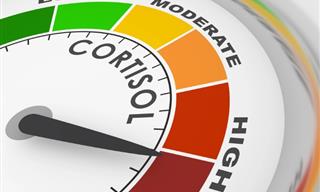
Can a 'Cortisol Cocktail' Actually Reduce Stress?
This trendy beverage, dubbed the "cortisol cocktail," has taken the wellness world by storm.
 7:32
7:32
Reverse Aging with Qi Gong: 3 Simple Exercises
Discover the secrets of longevity with the ancient Chinese practice of Qi Gong.
 7:28
7:28
Is This a Radical New Way to Treat the Spine?
Paralysis as a result of spinal cord injury is a problem that the medical world has been trying to solve for a long time. Thankfully, the solution may be in sight...

8 Important Digestive Symptoms We Must All Know About
The following eight points cover common digestive system issues that are actually signals of more serious problems

The Screenings to Know at 40, 50 & 60
a comprehensive guide to the most recommended physical health tests for U.S. adults in midlife and beyond, grouped by age.

Do Earphones Truly Ruin Our Hearing?
A recent analysis by the Acoustical Society of America shows that the younger generation is facing serious damage to their hearing ability
 2:52
2:52
Is It Ever Safe to Eat Food with Mold on It?
Mold on food raises a lot of questions, and the answers depend on what you’re eating.

This Doctor Shares a Recipe He Makes For Brain Health
Dr. Rasouli has a dish he prepares for himself every week that might look like just another homemade stew with vegetables and lentils, but there’s a good chance it’s the smartest meal you’ll put in your pot and stomach soon.
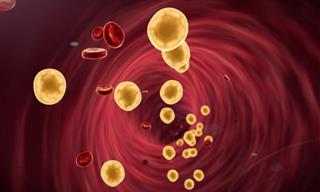
Women over 45 Should Be Aware of This Risk
menopause itself is associated with an increased risk of heart disease due to numerous changes occurring in the body. However, it is possible to maintain a healthy heart during menopause...

Study: Is a Glass of Red Wine a Day Truly Good For You?
Once and for all, a study has checked the influence of red wine on our heart. Does a glass a day truly help?
 7:10
7:10
Guide: How to Set Achievable Health Goals for the New Year
Here's a guide on how to set meaningful health goals for 2025.
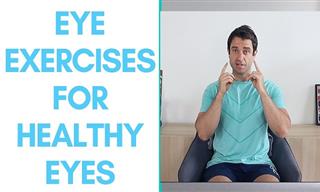 9:24
9:24
Boost Your Eye Health with These Simple Exercises
These simple techniques can help keep your eyes feeling fresh.
 1:11
1:11
Here's How to Clear a Stuffy Nose Instantly
There are some truly bizarre methods for clearing a stuffy nose out there, but they really seem to do the trick. Learn these methods today.
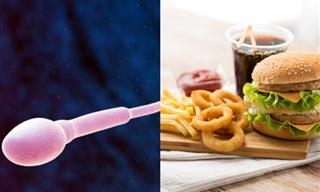
The Impact of Ultra-Processed Foods on Male Fertility
Emerging research suggests a significant concern: a diet dominated by these foods can also negatively affect male reproductive health and diminish sperm quality.
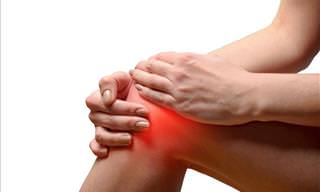 2:53
2:53
Reduce Knee Pain With These 2 Exercises!
These 2 gentle stretches are great exercises for reducing knee pain.
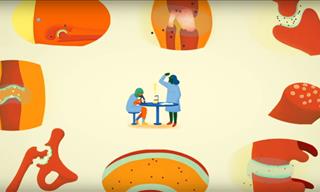 4:25
4:25
It Turns Out There Are Over 100 Types of Arthritis!
This video explains the science behind the 3 most common types of arthritis and how to deal and prevent these conditions
 4:47
4:47
All You Need to Know About Tetanus in 5 Minutes
What is the full truth regarding the sources of tetanus? What are its symptoms, and how should one act in case of suspicion of the disease?
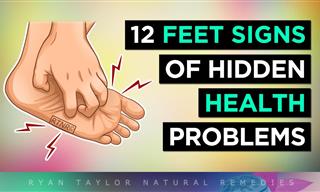 12:29
12:29
Health Problems Your Feet Might Be Telling You About
Pay close attention to your feet. They might be telling you about some hidden health issues.

The Whole Truth About GLP-1 Drugs for Heart and Brain
GLP-1 medications, widely prescribed for weight loss, show promise in improving brain and heart health, but may pose risks to the kidneys, pancreas, and gastrointestinal (GI) system.
 3:33
3:33
How to Survive a Heart Attack if You Are Alone
Learn how to survive a heart attack if you're alone using a useful Chinese breathing method.
 12:13
12:13
Don’t Buy Into These 11 Myths on Foot Hygiene and Health
Is there really a “correct” way to cut your toenails to prevent an ingrown nail? Podiatrists Sarah Haller and Brad Schaeffer debunk 11 foot myths.
 8:31
8:31
Doctor Explains: How to Sleep with Neck Pain
Stop letting neck pain ruin your rest—watch the video and start sleeping more comfortably tonight.
 6:44
6:44
A Little-Known Way to KILL Cancer...
Can vitamin D help protect against cancer? Find out…

How Your Nutritional Needs Change as You Get Older
How your nutritional requirements change with age — and what you can do about it.
 8:06
8:06
Doctor Reveals the Ice Creams That Can Harm Your Health
A doctor reveals the worst and best ice creams you can eat for your health.

Castor Oil For Hair Loss: the Facts
Is there truth to the claims about castor oil fighting hair loss? Let's find out
 7:01
7:01
Fun Exercises to Strengthen the Hands, Forearms and Wrists
These simple exercises everyone can do in the comfort of their home will make your hands, forearms and wrists strong again and forever
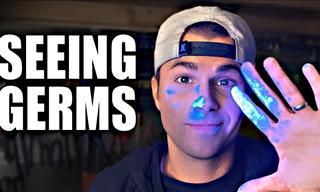 10:21
10:21
See How Germs Spread With Your Own Eyes
If you need to see it to believe it - this visual demonstration of how germs spread is for you!
 9:09
9:09
How to Improve Your Neck Posture in 30 Days
A forward head posture affects the alignment of the entire spine and may lead to neck pain and even headaches. Here's how to improve your neck posture.

Health Science: 5 Reasons People With Pets Live Longer
Five ways you may not have heard of or thought about, but have been scientifically proven!
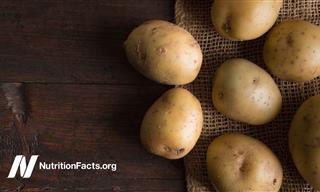 5:11
5:11
Do Potatoes Lead to Diabetes? An Expert Explains
Watch health expert Dr. Michael Greger explaining whether potatoes should be a cause for concern, what recent studies reveal, and how all of this relates to French fries and deep frying.
To enable your Ad-Free Subscription, please fill the fields below
Your subscription was successful, now you can enjoy an ad-free experience!! Note: To make sure you get no ads, please make sure to log in to your account. If you are logged in already, then refresh the page. The subscription can be cancelled at any time.



